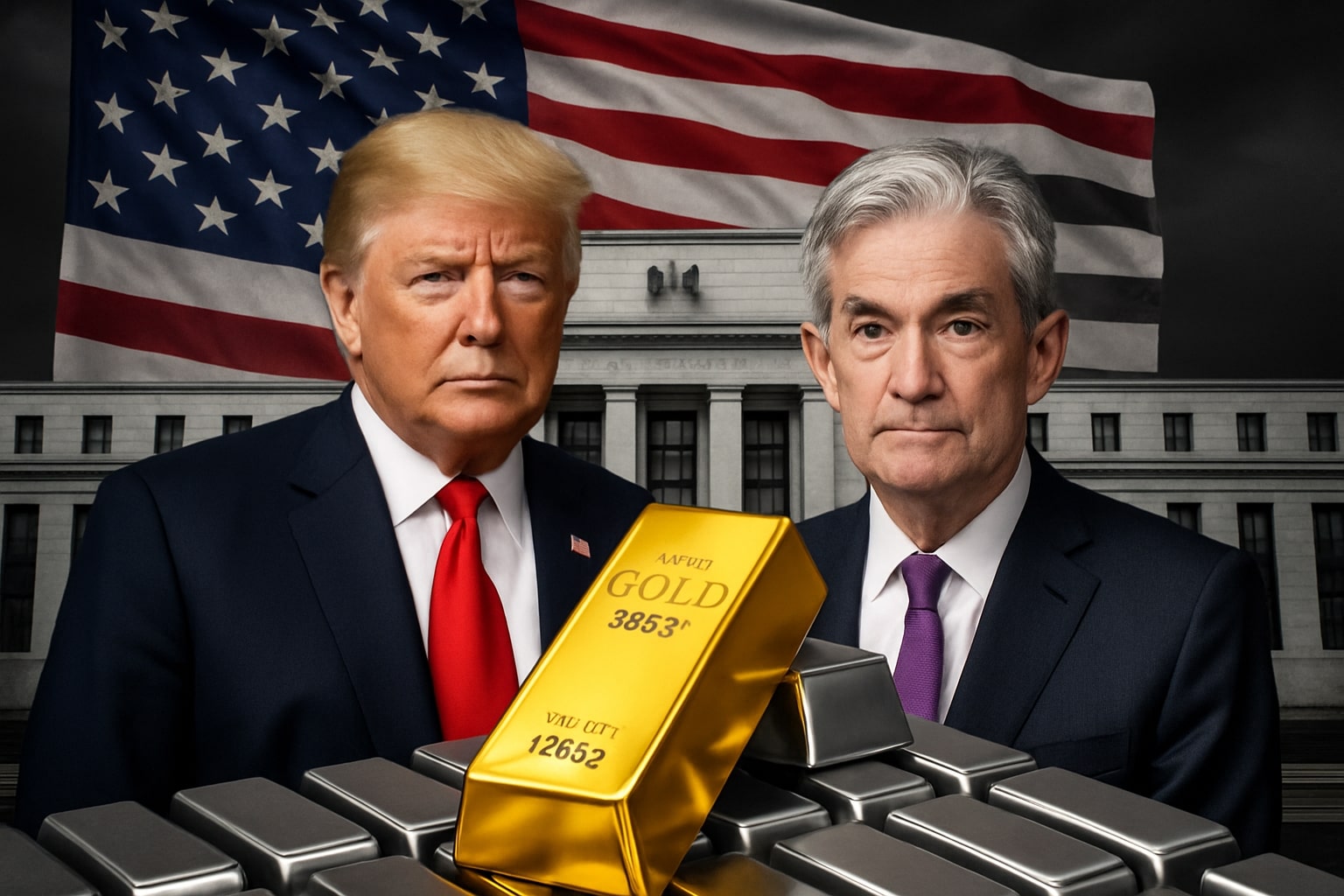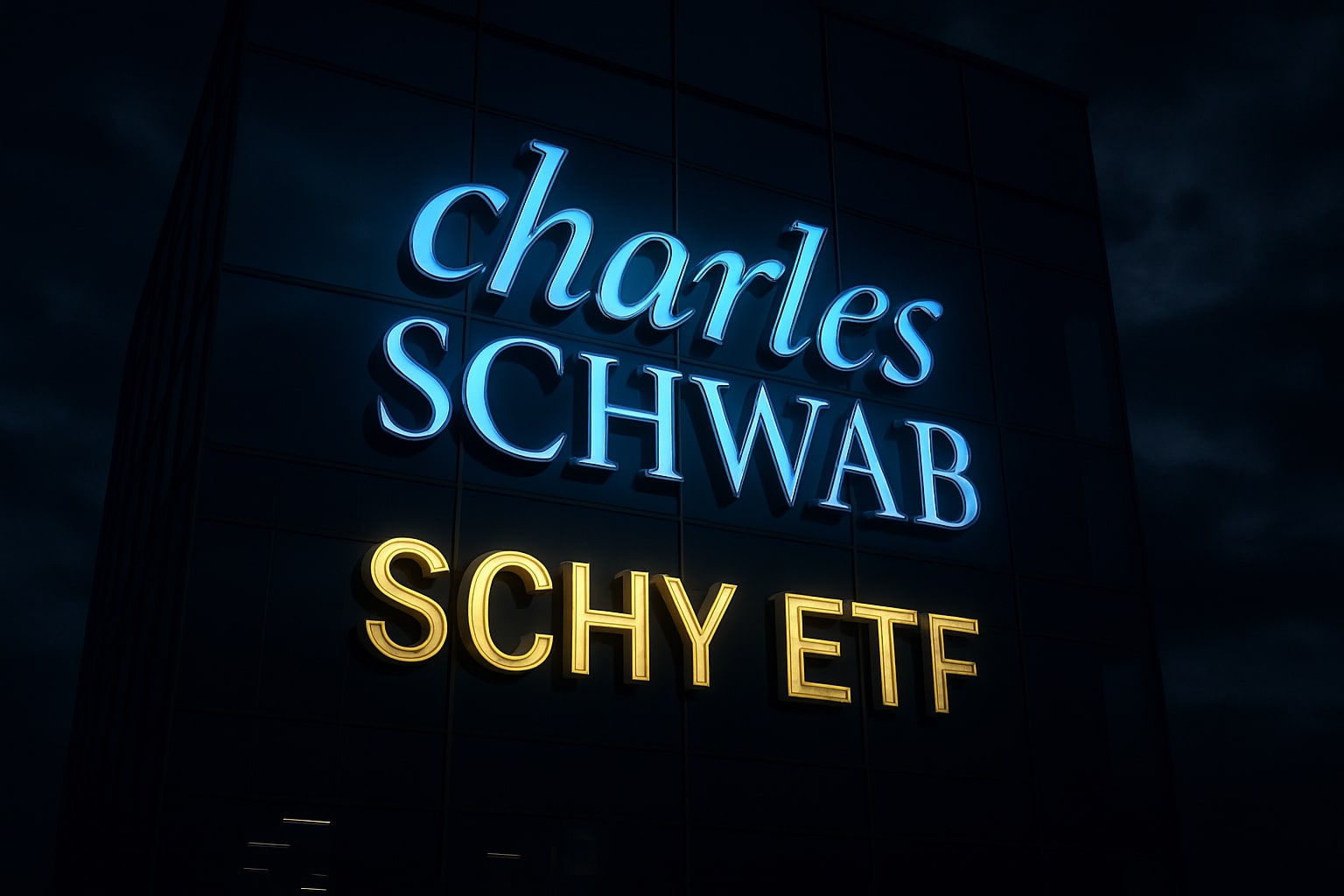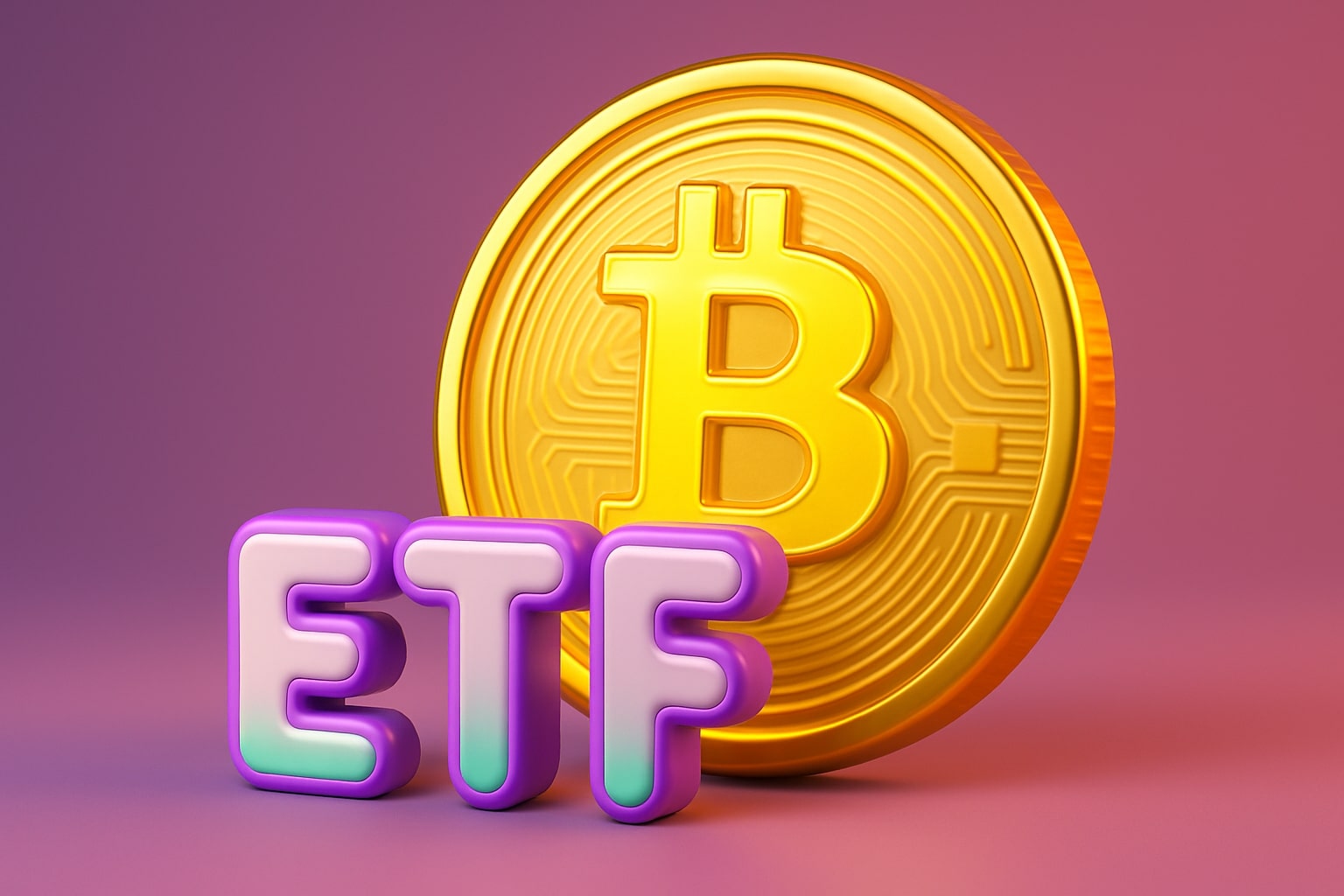
Oil Price Forecast - Oil Steady Near $61 WTI and $65 Brent as OPEC+ Pauses Output Hikes
Crude markets stabilize after OPEC+ confirms a 137,000 bpd output rise in December and a pause through Q1 2026 | That's TradingNEWS
WTI (CL=F) and Brent (BZ=F) Struggle Near $61 and $65 as OPEC+ Pauses Hikes and Global Demand Weakens
Oil markets remain trapped in a tight, volatile range as West Texas Intermediate (WTI/CL=F) trades near $61.28 per barrel and Brent (BZ=F) holds around $65.09, both barely positive after a third consecutive month of declines. The OPEC+ decision to raise output modestly by 137,000 barrels per day in December while freezing additional hikes for the first quarter of 2026 signals a cautious balancing act between preventing price collapse and avoiding a supply shock. The move, described internally as “seasonal adjustment,” highlights the group’s acknowledgment of weaker winter demand but also its intent to protect a $60–$65 floor in global crude benchmarks.
The decision follows weeks of debate between Saudi Arabia, the UAE, and Russia. UAE Energy Minister Suhail Al Mazrouei dismissed the notion of a looming oil glut, emphasizing that “all data shows more demand, not less.” This optimism, however, contrasts with projections from the International Energy Agency (IEA), which foresees a potential 4 million bpd surplus early next year as production from both OPEC+ and non-OPEC producers surges. OPEC’s own data remains more bullish, maintaining its forecast of global demand rising 1.3 million bpd in 2025 and another 1.4 million bpd in 2026, with Asia—particularly India and China—driving consumption to an average of 105.1 million bpd.
OPEC+ Strategy and the Politics of Production Control
The latest OPEC+ meeting showcased internal alignment despite diverging national interests. The group’s December output increase of 137,000 bpd will be the smallest in nearly a year, aimed at demonstrating unity while preventing oversupply pressure. The pause through March 2026 is a pre-emptive measure to stabilize prices during the first-quarter demand lull. Behind the scenes, the United Arab Emirates, once a vocal advocate for higher quotas, sided with Riyadh to maintain discipline. Meanwhile, Russia’s export flows remain unpredictable as U.S. sanctions on Rosneft and Lukoil intensify and Ukrainian drone strikes—including one on the Tuapse terminal—continue to disrupt the country’s Black Sea exports.
The U.S. Energy Information Administration (EIA) reported that American crude output reached a record 13.8 million bpd in August, adding a new layer of supply pressure. This record production, paired with strong inventories, continues to cap price rallies. Yet, the geopolitics of oil remain volatile. President Donald Trump’s recent comments about potential military intervention in Nigeria and Venezuela, two major producers, injected fresh supply risk into the equation. Both nations combined account for over 4 million bpd of global output, and even minor disruptions could temporarily tighten the market.
Asian Slowdown and Shifting Consumption Patterns
In Asia, business activity data paints a sobering picture. Chinese factory PMIs remain below expansion at 49.7, while India’s power generation recorded its sharpest drop since 2020. This demand cooling in the world’s top oil-consuming region continues to pressure sentiment. According to ING’s head of commodities Warren Patterson, OPEC’s move effectively acknowledges a “significant market surplus” heading into early 2026. He added that while the surplus’s exact scale remains unclear, “much depends on how sanctions distort Russian oil flows and whether India continues pivoting to Middle Eastern barrels.”
At the same time, Indian refiners such as HPCL are scaling back Russian imports in favor of Emirati crude, reflecting both political alignment and logistical advantage. This shift reduces Moscow’s discounted supply leverage and reinforces Gulf producers’ market share in Asia. Meanwhile, TotalEnergies (NYSE:TTE) CEO Patrick Pouyanne warned that Chinese oil demand growth has structurally slowed since 2020 due to the energy transition but expressed optimism that “India will offset much of that decline in the long run.”
Technical Landscape: WTI Support at $60, Resistance at $62.5; Brent Holding $65 Zone
From a technical standpoint, WTI crude (CL=F) remains range-bound just below its 50-day EMA near $62, repeatedly failing to sustain breakouts above this level. Short-term support is seen at $60, followed by $58, which marked the recent October lows. A decisive close below $60 could trigger further downside toward $57.80, the next key demand zone. On the other hand, reclaiming $63–$63.50 could invite short covering and spark a relief rally toward $66, though momentum indicators remain flat.
Brent crude (BZ=F) mirrors this indecision, consolidating near $65.10, just under the 50-day EMA. The gap between $63 and $65.50 represents the current battleground. Below $63, traders eye $60 as a critical support floor, which also aligns with the price Morgan Stanley now forecasts for the first half of 2026, up from its previous $57.50 projection. This moderate upgrade signals confidence that OPEC’s pause will prevent a price collapse but also underscores limited upside amid structural oversupply.
Read More
-
SCHY ETF Price Holds $28.20 as Global Dividend Rotation Strengthens and Yield Reaches 3.62%
03.11.2025 · TradingNEWS ArchiveStocks
-
XRP ETFs XRPI and XRPR Slide 10% as Ripple Swell 2025 and SEC Decision Set Stage for $3.60 XRP Breakout
03.11.2025 · TradingNEWS ArchiveCrypto
-
Natural Gas Prices Surge to $4.16 as OPEC+ Policy and Winter Demand Drive Next Leg Higher
03.11.2025 · TradingNEWS ArchiveCommodities
-
USD/JPY Price Forecast - Yen Holds Near 154 as Japan’s Massive $92B Stimulus
03.11.2025 · TradingNEWS ArchiveForex
Macro Drivers: Strong Dollar, Fed Policy, and Investor Sentiment
The macro backdrop adds another layer of pressure. The U.S. Dollar Index (DXY) trades around 99.9, a three-month high, weighing on dollar-priced commodities. Federal Reserve officials remain divided after the 0.25% rate cut last week, with hawkish comments from Dallas Fed President Lorie Logan and Cleveland’s Beth Hammack signaling a potential pause in December. A stronger dollar makes crude more expensive for non-U.S. buyers, particularly in Asia, where currencies like the yen and rupee have weakened.
Investor sentiment also reflects fatigue. Hedge fund positioning data shows net longs in WTI futures dropping by nearly 12% in October, marking the third consecutive month of liquidations. ETFs tied to energy commodities saw modest inflows, but institutional investors remain cautious as volatility persists. The VIX energy index rose 14% week-on-week, its steepest increase since June, reflecting heightened uncertainty around OPEC+ policy and global growth.
OPEC’s Structural Strategy: Balancing Price with Politics
The larger picture suggests OPEC+ is playing a defensive long game. The organization is quietly managing a floor strategy, with Saudi Arabia’s fiscal breakeven near $80 Brent dictating a reluctance to allow extended price weakness. While short-term production increases provide diplomatic flexibility, the pause through March ensures that inventories do not balloon during the weaker seasonal period. UAE’s $4 trillion investment call for global energy transition funding underscores the cartel’s dual narrative: stabilizing traditional supply while channeling capital toward AI-era energy infrastructure.
Simultaneously, producers such as Kazakhstan and Kuwait continue expanding exploration budgets—$4 billion for Kuwait by 2030—suggesting confidence in long-term oil demand even as energy transition rhetoric intensifies. Wood Mackenzie’s revised forecast pushing peak oil demand to 2032 further strengthens this long-term outlook, challenging the bearish narrative.
Intermarket Dynamics and Energy Equities Correlation
Oil’s stagnation has started to reflect in corporate performance. ExxonMobil (NYSE:XOM) and Chevron (NYSE:CVX) both reported record output from Guyana and Permian Basin assets, offsetting weaker realized prices. However, energy equities remain under pressure, with the XLE Energy ETF down 7.4% over three months despite strong Q3 earnings. The disconnect between fundamentals and sentiment highlights the market’s broader skepticism about demand durability.
Meanwhile, refined product markets show mixed signals: gasoline prices rose 1.07% to $1.92 per gallon, while natural gas (NG=F) surged 3.81% to $4.281, reflecting seasonal heating demand. This divergence underscores that downstream and regional demand resilience persists even amid global headline weakness.
Forecast and Strategic View: WTI Seen at $58–$64 Range, Brent at $60–$67 into Early 2026
The structural equilibrium forming between OPEC discipline, surging U.S. output, and muted Asian demand suggests oil will trade in a tight range through Q1 2026. Analysts anticipate WTI averaging $61.50 and Brent near $64.80, with volatility spikes around geopolitical events. If U.S. output remains above 13.8M bpd and Chinese demand fails to recover, downside toward $58 WTI / $60 Brent remains plausible. Conversely, disruptions in Nigeria, Russia, or Venezuela could easily add $4–$6 per barrel in short-term risk premium.
At this stage, oil remains in a neutral-to-bearish phase, consolidating after months of declines. The next decisive move depends on macro stabilization and OPEC’s March policy review. For now, the balance of probabilities favors a HOLD stance on oil futures, with traders watching the $60 WTI and $65 Brent thresholds as key pivots for directional momentum.
Verdict: HOLD — Neutral-to-bearish short-term bias with potential downside toward $58 WTI and $60 Brent; upside capped near $65–$67 until global demand reaccelerates or OPEC+ cuts deeper into mid-2026.



















